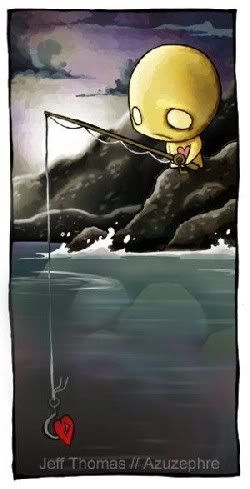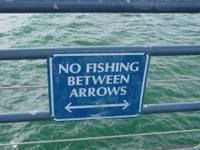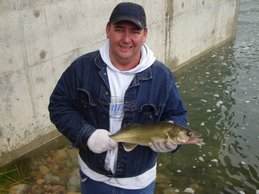
Picking a fly fishing rod is a tricky endeavor. Do you go with your ego, expected fishing environment or something else? While length is a factor, the bend or action of the rod is a key factor.
Flexibility
Fly fishing rods are often defined by their flexibility. In laymen’s terms, flexibility means how far the rods will bend when the same casting effort is used.
Minimal Bend
A fly fishing rod that has minimum bend is often called a “fast” rod. The lack of bend lets the angler get lots of speed on the cast. This speed allows you to cast very accurately and farther away than rods with more bends. While these benefits may sound great at first glance, a fast rod can be frustrating. There is no room for error when using the rod. If you are going to use one of these rods, you need excellent motion and timing. Generally, only anglers with a lot of experience should have a go at using fast rods.
Moderate Bend
The next step down from a fast rod is one with medium flexibility. These rods tend to have good flexibility, but the bend is restricted to the top half of the rod. The rod requires less perfection of motion and timing, but is fairly accurate. If you’ve been angling for a while and have the basic techniques down, a moderately flexible rod is worth a try.
Slinky Bend
If you are just taking up fly fishing, you should use a rod with maximum flexibility. While others suggest a moderate bend is better for beginners, a “slinky bend” rod gives you a lot of leeway when it comes to learning to cast.
Fly fishing is relaxing and enjoyable. Pick the wrong rod, however, and it can quickly become frustrating and stressful. If you use your brain, not your ego, when picking a rod, you will have a blast.
Dale
http://dalesblogs.blogspot.com/
http://unityblog1.blogspot.com/
http://unityberrytree.blogspot.com/
http://www.MyBerryTree.com/bt53423





